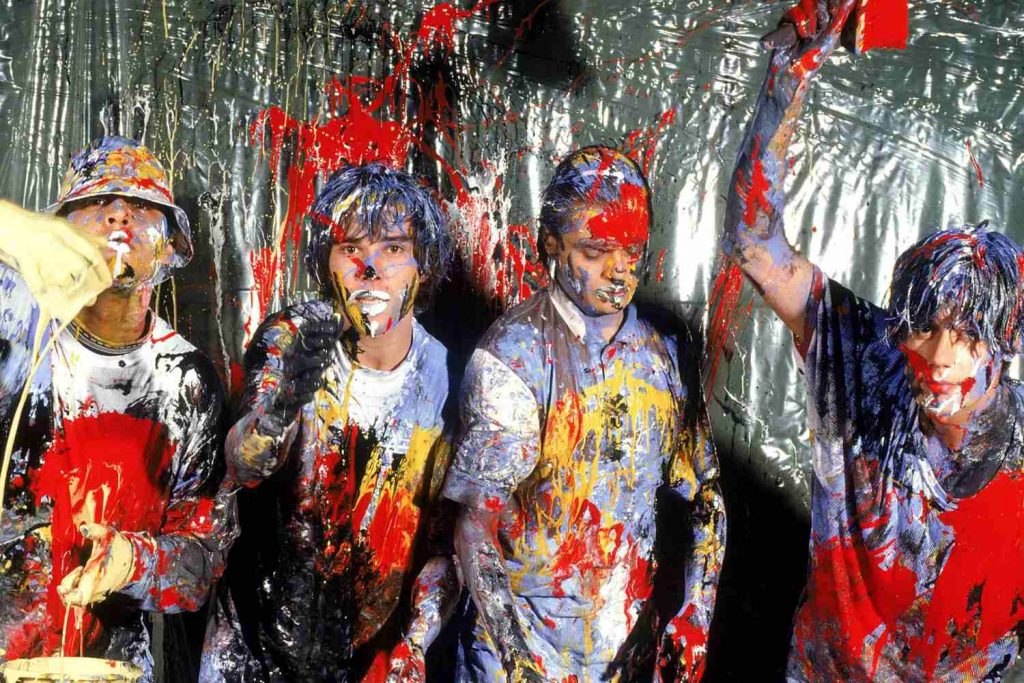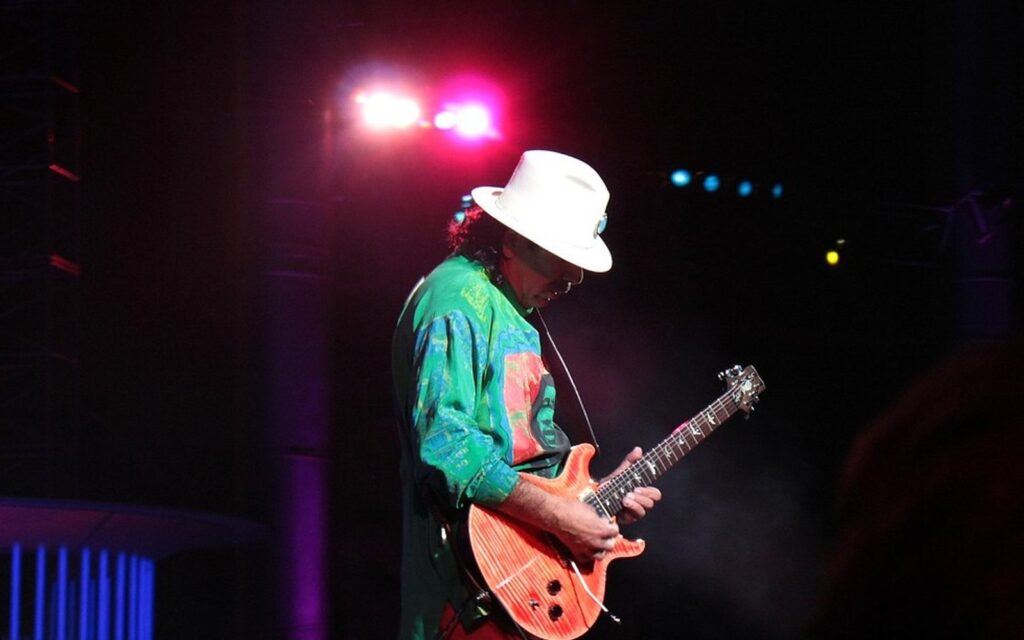Ever wondered what the difference between terms like saturated, warm and crunchy is?
As producers and purveyors of music, it can be really difficult to articulate what we mean when describing sound. Sound for us invokes a feeling, a vibe or a mental image, and articulating ourselves can be a real struggle. Heck, music for some of us is the only way we can express ourselves.
So how do you describe the indescribable? How do you decipher the indecipherable?
For us to explain our own thoughts, as well as understand others’, here’s a glossary of some fundamental and useful audio terms, what they mean and some tips on how to achieve them.
Summary
- While some adjectives can be used subjectively, different terms are used to describe the sonic qualities of a piece of music when working in the studio.
- Having a broad knowledge of terms such as Warm, Crunchy, Dry and Raw can prove to be incredibly useful in practise.
- Being able to express the way a tracks should sound using such terms is also essential within a live setting to assist sound engineers shape your tone.
Read all the latest features, columns and lists here.
Bright
Bright refers to the presence of high end that makes a sound appear very present without sounding brittle. Many guitar amps have a ‘Bright’ switch, which offers a high frequency bump from anywhere from 5kHz upward.
Sounds can be unpleasantly bright, in that they can be painfully sharp (without referring to pitch), or uncomfortably pushed to reveal harshness in the high end of a sound.
Crunchy
Crunchy takes warmth and pushes it to its limits. While warmth offers a light saturation and helps sounds melt together for a cohesive mix, crunchy is considered actual identifiable distortion. It starts in the low mids and because of the harmonics that begin to clip, a crunchy sound can be perceived as quite ‘bright’ because of the harshness it introduces progressively at higher and higher frequencies.
Some crunchy ’50s and ’60s recordings such as Gene Vincent and his Blue Caps sound the way they do because of the recording techniques used and the progressively loud rock bands that pushed recording equipment beyond its intended uses.
Dark
Dark, on the other hand, refers to the absence of brightness, or high frequencies. A darker sound will have a roll off towards the top of the frequency spectrum, and sounds can sometimes be so “dark” that it’s difficult to make out. Ribbon mics, for example, are characteristically dark because of their roll off, and are often coupled with a dynamic or condenser to add articulation to an otherwise in-articulate sound.
Glassy
Glassy is an interesting one, mainly because of its recent rise to popularity within scenes that opt in to amp modellers and emulators. Glassy refers to sounds that are clear and articulate, but with a little high frequency bump that makes them appear fragile or brittle in the top end.
The famous position 2 on a Strat could be considered glassy, while the high frequencies of a distorted bass tone through a Darkglass pedal could also be described as glassy. Glassy can also refer to ambient, bright delays that conjure up thoughts of light reflecting off glaciers and water.
Natural
Natural is more often used to describe clear, uncompressed sounds. Natural doesn’t have to mean unedited, but edits should be inaudible, and any augmentation via samples must be seamless and virtually invisible.
A natural vocal will retain all the dynamic of a performance, without any particularly hyped EQ or effect. Natural recordings are often recorded with very healthy levels at all stages of the signal chain, and often require high end equipment that retain a low noise floor, and something that sounds particularly “dry”.
Raw
Raw is an interesting one, partly because bands who ask for a “raw” sound are often taken aback and unhappy with their “raw”, unedited takes. Raw drum sounds can often feature a lot of room sounds, sometimes distorting, to capture the impact and dynamic of a player.
Raw can mean crunchy, alive and distorting, but it can also be interchangeable with “natural”, i.e. the absence of any editing or modern quantisation techniques, and it’s important to clarify which you are talking about.
Saturated
We’ve discussed saturation already, but it’s important to distinguish this from wet signal. Saturation refers to subtle distortion where the clipping or overdrive is particularly distinguishable like crunch is.
A saturated signal will feature a subtle build up of progressive harmonics that give it a richness and depth that the original signal didn’t have. Tape machines are known to introduce subtle saturation across an entire mix.
Warm
Warm is most likely the currently most used audio term. Warm is generally associated with analogue equipment, as opposed to digital sounds which can come across ‘cold’ and lifeless. Warmth generally refers to a low-mid bump bought on from saturation via a tape machine or pre-amplifier pushed a little too hard.
Across a mix, warmth is the consecutive addition of those low mids that result in a general concentration of mids that can be pleasantly “muddy”, but never “wooly”.
Wet/Dry
Wet and Dry are polar opposites but discuss vaguely the same thing. Some effects will have at least a “Wet” control and this refers to how much of an effect is blended in with the “Dry” (raw, natural, direct, original) signal.
Something unaffected can feel and sound dry, while a heavily effected sound i.e. where the effect begins to eclipse the original sound, can be described as wet. Parallel processing in mixing is often a balance between 100% wet and dry signal, and the blend leaves them somewhere in the middle. Plugins with a “Mix” knob as blending in a 100% wet signal to taste, or vice versa.
Wooly
Wooly can very easily become “warm” with a little EQ. Wooly generally refers to mid-focused instruments such as vocals or guitars, sometimes a kick drum, that need a little corrective EQ.
Cover your mouth with your hand and your voice has become wooly, and a recorded take will need some EQ to clear away the mess and let just the more articulate highs and rich lows and mids of your voice through. Push those highs a little, and your vocal take can become “glassy”.
So there it is, ten or so keywords that make sense to no one but us audio and music nerds. What have we learnt along the way? Well, most of these refer to the mids within a signal, and I think that speaks to how important the mids are in a mix, whether you’re engineering a recording, arranging a song or rehearsing as a band.
These are just words to help us understand what our fellow artists are trying to say, and some of the terminology to assist in explaining whatever crazy sounds we’re moving from our head to tape.
Lewis Noke Edwards is a Naarm/Melbourne based songwriter, producer and recording engineer. You can hear more of his work at lewcifer.com, or on Instagram @sweetlewcifer.
Read more about working with tape and analogue recording methods here.







